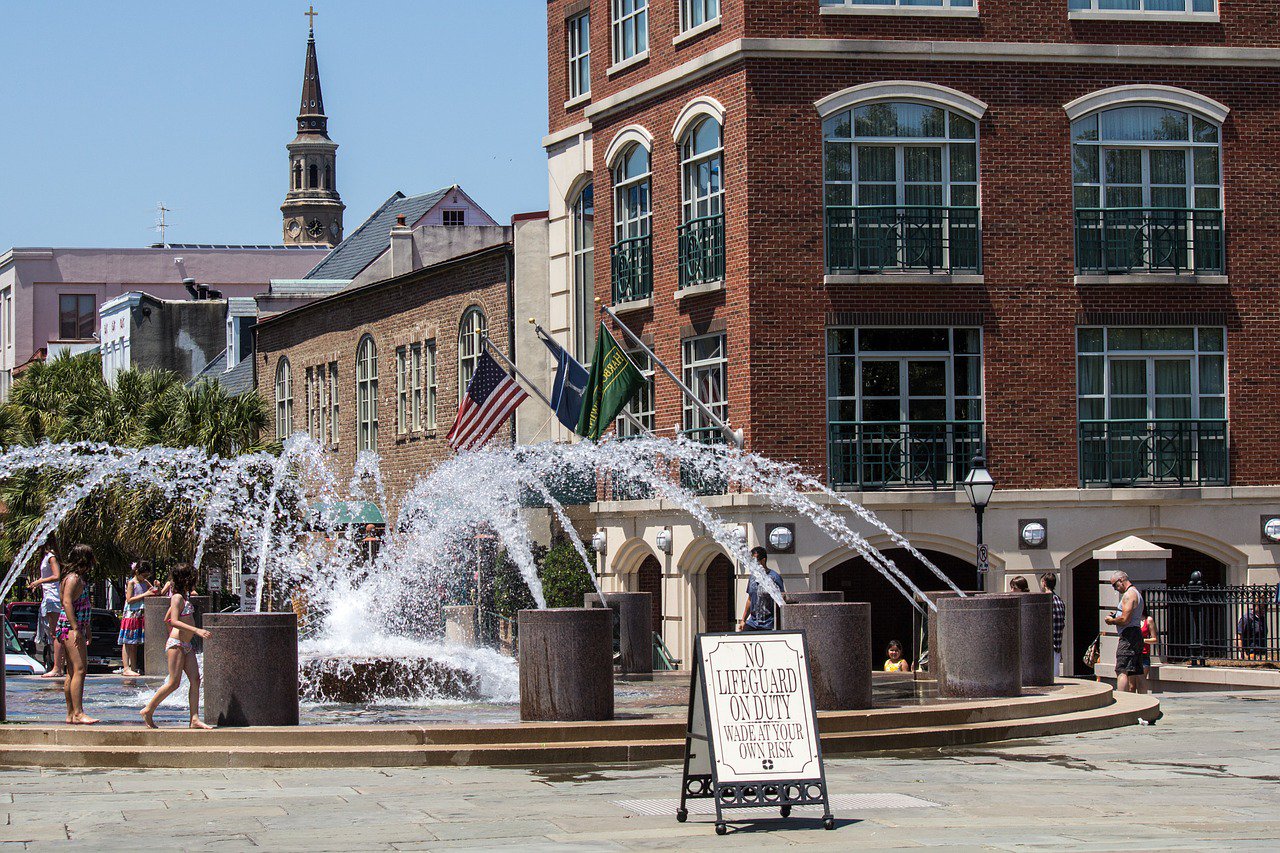It is the temperature at which human cells start to cook, animals suffer and air conditioners overload power grids. Once an urban anomaly, 50C is fast becoming reality
Imagine a city at 50C (122F). The pavements are empty, the parks quiet, entire neighbourhoods appear uninhabited. Nobody with a choice ventures outside during daylight hours. Only at night do the denizens emerge, HG Wells-style, into the streets – though, in temperatures that high, even darkness no longer provides relief. Uncooled air is treated like effluent: to be flushed as quickly as possible.
School playgrounds are silent as pupils shelter inside. In the hottest hours of the day, working outdoors is banned. The only people in sight are those who do not have access to air conditioning, who have no escape from the blanket of heat: the poor, the homeless, undocumented labourers. Society is divided into the cool haves and the hot have-nots.
Those without the option of sheltering indoors can rely only on shade, or perhaps a water-soaked sheet hung in front of a fan. Construction workers, motor-rickshaw drivers and street hawkers cover up head to toe to stay cool. The wealthy, meanwhile, go from one climate-conditioned environment to another: homes, cars, offices, gymnasiums, malls.
Asphalt heats up 10-20C higher than the air. You really could fry an egg on the pavement. A dog’s paws would blister on a short walk, so pets are kept behind closed doors. There are fewer animals overall; many species of mammals and birds have migrated to cooler environments, perhaps at a higher altitude – or perished. Reptiles, unable to regulate their body temperatures or dramatically expand their range, are worst placed to adapt. Even insects suffer.
Maybe in the beginning, when it was just a hot spell, there was a boom in spending as delighted consumers snapped up sunglasses, bathing suits, BBQs, garden furniture and beer. But the novelty quickly faded when relentless sunshine became the norm. Consumers became more selective. Power grids are overloaded by cooling units. The heat is now a problem.

The temperature is recalibrating behaviour. Appetites tend to fade as the body avoids the thermal effect of food and tempers are quicker to flare – along, perhaps, with crime and social unrest. But eventually lethargy sets in as the body shuts down and any prolonged period spent outdoors becomes dangerous.
Hospitals see a surge in admissions for heat stress, respiratory problems and other illnesses exacerbated by high temperatures. Some set up specialist wards. The elderly, the obese and the sick are most at risk. Deaths rise.
At 50C – halfway to water’s boiling point and more than 10C above a healthy body temperature – heat becomes toxic. Human cells start to cook, blood thickens, muscles lock around the lungs and the brain is choked of oxygen. In dry conditions, sweat – the body’s in-built cooling system – can lessen the impact. But this protection weakens if there is already moisture in the air.
A so-called “wet-bulb temperature” (which factors in humidity) of just 35C can be fatal after a few hours to even the fittest person, and scientists warn climate change will make such conditions increasingly common in India, Pakistan, south-east Asia and parts of China. Even under the most optimistic predictions for emissions reductions, experts say almost half the world’s population will be exposed to potentially deadly heat for 20 days a year by 2100.
Read more: The Guardian


